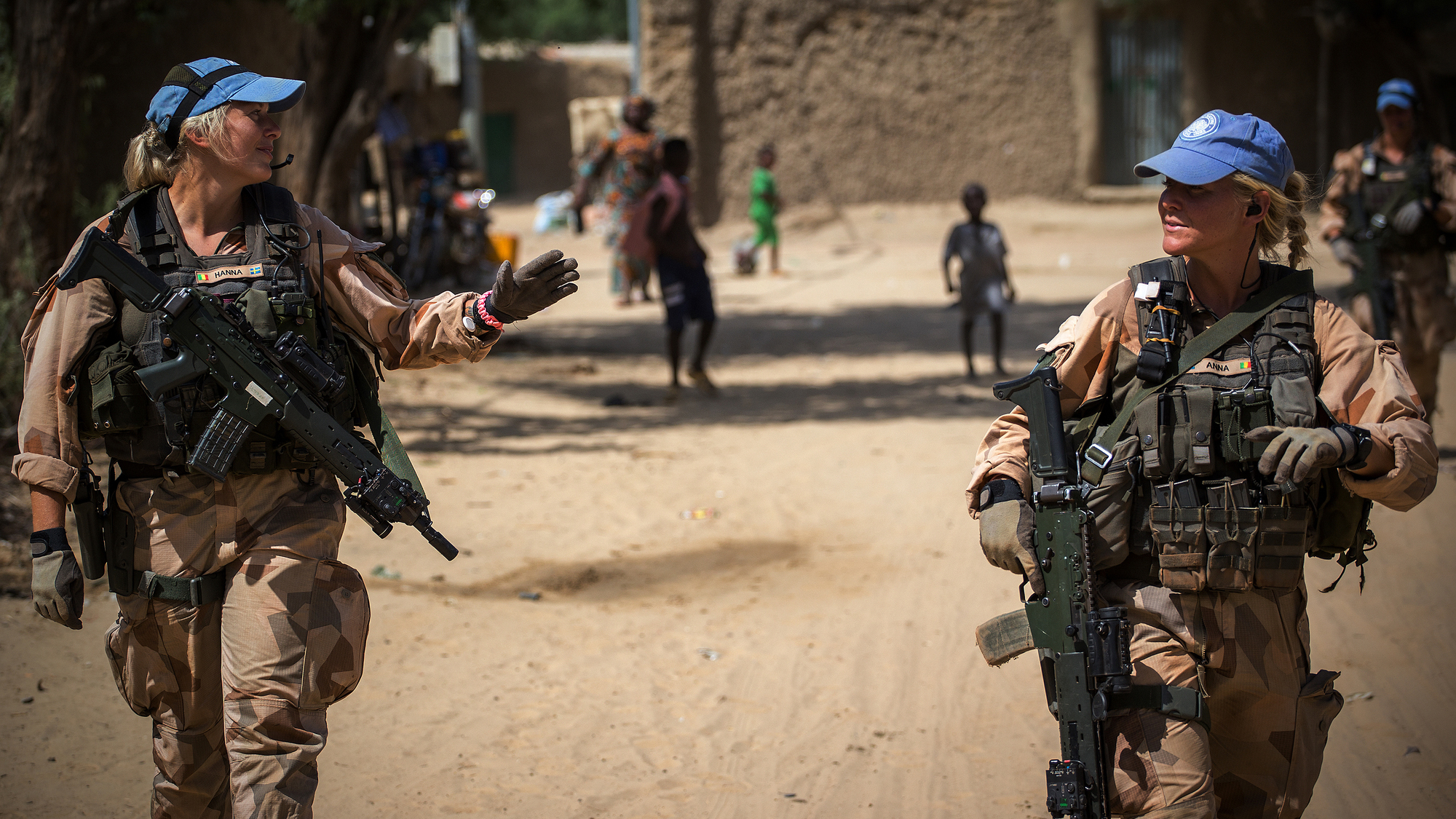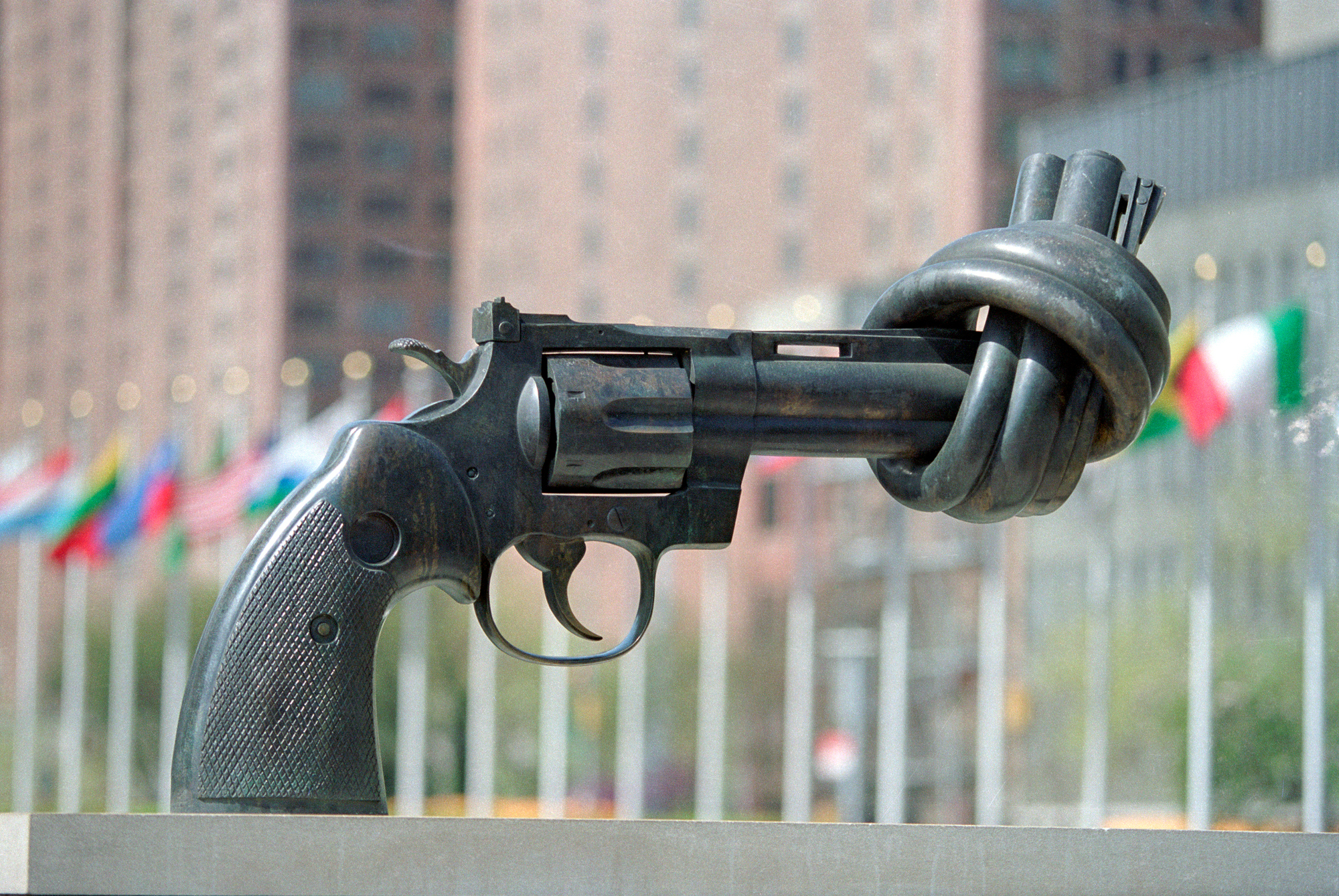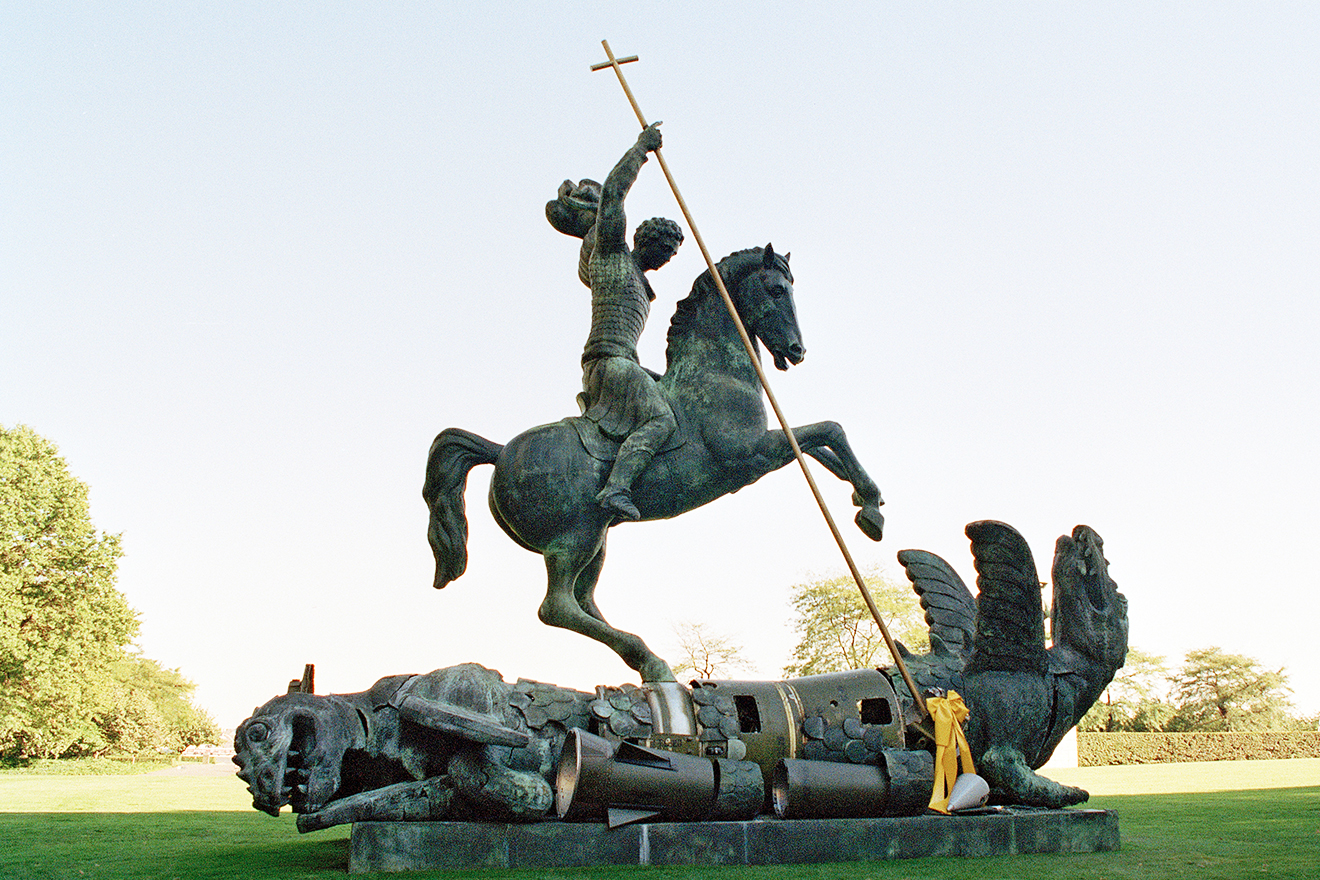Find out more in
Peace and Security
Sahar, a 19-year-old Afghan woman, overcame abuse and homelessness after returning from Iran, determined to support her brothers and pursue her dream of becoming a doctor.
Over the past year, UN officials have condemned Hamas's attacks, called for the immediate release of all hostages, and urged ceasefires, as Gaza remains sealed off with no safe areas for civilians; the UN is committed to delivering aid to the people of Gaza.
Thuraya (85), Kholoud (28), and Leen (14) reflect the profound pain and resilience of women in Gaza, shaped by displacement and conflict across generations, highlighting their strength amid ongoing suffering.
The ongoing airstrikes in Lebanon have forced tens of thousands of individuals to flee from the southern regions, including the southern suburbs of Beirut and the Bekaa Valley, seeking safety in areas like Beirut, Mount Lebanon, and the North.
As many continue to search for housing and shelter, the UN Refugee Agency (UNHCR) is actively responding to the crisis, focusing on the needs of both affected Lebanese communities and refugees. Key priorities include providing safe shelter, core relief items, healthcare, cash assistance, and protection services to ensure the well-being of those impacted by the violence.
Amid global challenges such as conflict, inequality, climate turmoil, and growing hate, the recent UN Summit of the Future laid the groundwork for renewed multilateralism to promote peace in a changing world. On this International Day of Non-Violence (2 October, the birthday of Mahatma Gandhi), Secretary-General António Guterres calls upon member states to act on their commitments and tackle the root causes of conflict.
Many have heard of Cartagena, Colombia, renowned for its vibrant walled city, festive environment and its Palenqueras, colourfully dressed female fruit vendors carrying a bucket of produce on their heads. But Cartagena is only the tip of the much bigger Colombian state, or “department”, of Bolívar. Scattered throughout the territory about two hours south of Cartagena are small towns that border a network of marshlands. This intricate ecosystem of waterways and wetlands plays a vital role in the environment but has also served as a treacherous battleground during Colombia’s long-standing armed conflict.
WFP leaders in the Democratic Republic of the Congo, Palestine and Sudan – three of our biggest emergencies – call for the guns to fall silent.
Achieving global nuclear disarmament is the highest disarmament priority of the United Nations. The General Assembly declared the International Day for the Total Elimination of Nuclear Weapons in 2013, in its resolution 68/32 as a follow-up to the high-level meeting of the General Assembly on nuclear disarmament. The Day provides an occasion for the world community to reaffirm its commitment to global nuclear disarmament. On 26 September, the General Assembly will hold a high-level plenary meeting to commemorate and promote the International Day for the Total Elimination of Nuclear Weapons.
In the heart of Kharkiv, a school that once brimmed with life and energy has become a quiet monument to the challenges faced during war. The playground stands mostly empty, serving as a quiet testament to the devastating impacts the war has had on this school and the surrounding communities. Despite being struck three times, the school has been repaired through the School Repairs in Ukraine project, funded by the European Union and implemented by UNOPS. The restoration of this school is part of a broader effort to repair educational facilities across Ukraine, with plans to restore over 75 schools in total.
The United Nations General Assembly adopted the Declaration and Programme of Action on a Culture of Peace 25 years ago. The declaration emphasizes the importance of promoting dialogue, understanding, and cooperation for peace. In today's world of increasing tension and conflict, it's vital to remember these values. The International Day of Peace (21 September) should not only be about laying down weapons and observing ceasefires but also about recognizing each other's humanity, as our global community's survival depends on it.
If one of the most iconic physical symbols of peace at United Nations Headquarters in New York is the famous Knotted Gun sculpture, the most symbolic and emblematic sound of peace that echoes through the Organization's airwaves each September comes from the Peace Bell. Ahead of this year’s International Day of Peace, Secretary-General António Guterres is ringing the peace bell at 9:30 am EDT on 13 September and calling for a culture of peace. The bell was cast from coins and medals donated by Member States’ representatives, the Pope, and people from over 60 nations and donated to the UN in June 1954.
Education is a basic human right and essential to fulfilling all human rights. On International Day to Protect Education from Attack (9 September) we are reminded of the devastating impact of war on young learners. Education provides knowledge, skills, and support for future generations, particularly for vulnerable groups such as girls, migrants, refugees, and people with disabilities. Places of education should be safe havens, but they are often targeted in conflict-affected areas, resulting in serious repercussions for students and teachers.
“Shootings, that’s why I left. Rapes. All that. I could not stay [back home]” – Solona, 14
Armed groups in Port-au-Prince and the Artibonite region are terrorizing entire communities. As streets, schools and playgrounds have been turned into battlefields, many have had no choice but to leave everything behind. Thousands are now stranded in makeshift displacement sites. Struggling to access electricity, food, water, and adequate sanitation. Entire families are sleeping outside on the ground, at the mercy of torrential rains and disease-carrying insects. Children unable to go to school.
Violence in Haiti has reached shocking levels. UNICEF continues to call for an end to the violence.
Across nearly eight decades, more than 2,000 nuclear tests were conducted at more than 60 sites around the world. These tests left a legacy of destruction, rendering lands uninhabitable and creating long-term health problems for people. Recent calls for the resumption of nuclear testing demonstrate that the terrible lessons of the past are being forgotten — or ignored. On the International Day Against Nuclear Tests (29 August), the world must speak with one voice to end this practice once and for all.













